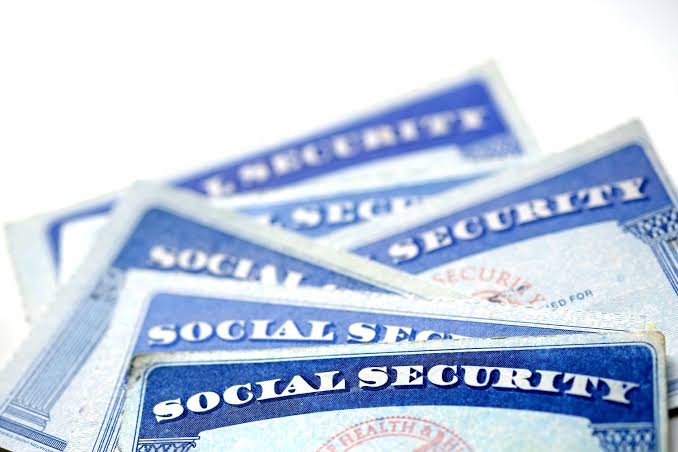The U.S. government is handing out billions in assistance in 2025—yet many Americans don’t even know it exists. From rent help to free college money, this year’s programs are more generous and more accessible than ever. But here’s the catch: they’re not exactly advertised front and center.
If you’re struggling with rent, energy bills, health costs, or education expenses, there’s likely a federal program already designed to help you. And the good news? Many have expanded in 2025 with looser rules, bigger payments, and streamlined applications. Here’s a look at five powerful programs that could be game-changers—and how to get in before funds run out.
1. Pell Grant Expansion: Free College Isn’t Just for Teenagers Anymore
Starting this year, the government has made a major change to who can receive Pell Grants—federal funds that help students pay for school. For the first time, adult learners and people enrolled in short-term job training programs can qualify for these grants, even if they’ve never gone to college or dropped out years ago.
The grant amount still maxes out at $7,395 per year, but you don’t need to be a full-time student or enrolled in a four-year degree program. If you’re looking to re-skill in tech, healthcare, or trade fields like electrical work or plumbing, you may be able to go to school for free—or nearly free.
This shift is especially helpful for people in their 30s, 40s, or even 50s who are looking to change careers but can’t afford the tuition.
How to apply: Fill out the FAFSA form at studentaid.gov and check for programs that now qualify under the new rules.
2. SNAP Tech Support: Helping Seniors and Disabled Americans Get the Food Aid They Deserve
SNAP—better known as food stamps—has been a lifeline for millions. But in the digital age, applying can be confusing or downright impossible for some people, especially older adults or those with disabilities.
That’s why the federal government has added $75 million in 2025 to make the system easier to navigate. This includes funding for local groups to help seniors and disabled individuals apply online or by phone, instead of navigating complex portals alone.
If you or someone you know has struggled to apply for SNAP in the past, help is now available—and so are monthly grocery benefits.
Who’s eligible: Seniors 60+, people on Supplemental Security Income (SSI), or those with a disability and low income.
Where to start: Visit Benefits.gov or call your local Department of Human Services.
3. Bigger Energy Bill Help: More Money, Faster Payments from LIHEAP
With energy prices soaring and weather extremes becoming more common, the Low-Income Home Energy Assistance Program (LIHEAP) just got a serious boost.
For 2025, the federal government has added $1.2 billion to the program to help more households cover their heating and cooling bills. And there’s more good news: if you live in a hot climate, a new summer cooling benefit has been added.
Payments go directly to your energy provider, which means less paperwork and faster help.
Who qualifies: Most households earning under 150% of the federal poverty level. This includes many working families, retirees, and people receiving public assistance.
How to apply: Contact your local LIHEAP office or search for your state’s program .

4. Medicare’s Surprise Update: Dental and Vision Benefits Are Coming—But Only in Some States (for Now)
For decades, Medicare hasn’t covered basic dental or vision care. But that’s finally changing—at least for some.
In 2025, Medicare is launching a pilot program in 12 states that will give seniors up to $1,500 per year for dental services and $500 for vision needs, including eye exams and glasses. That means cleanings, fillings, dentures, and glasses could be covered for the first time.
This test program could pave the way for nationwide coverage in future years, but for now, it’s limited to select locations.
How to find out if you’re eligible: Details on participating states will be announced in June, so keep an eye on Medicare.gov or call 1-800-MEDICARE.
5. Emergency Rent Relief Returns: ERA 3.0 Helps Struggling Renters Stay in Their Homes
If you’re behind on rent or worried about eviction, the Emergency Rental Assistance program—first launched during the pandemic—is back for a third round in 2025 with $4 billion in funding.
This time around, the program is focused on helping tenants and landlords work together. Landlords who agree to reduced rent or forgive some back rent can get incentives, while tenants get direct help paying what’s owed.
It’s a win-win for people at risk of losing their housing and for property owners trying to avoid lengthy court battles.
Who’s eligible: Renters earning less than 80% of the area median income and facing financial hardship.
Where to apply: Visit your state housing agency’s website or check consumerfinance.gov for updates.
Bottom Line: Don’t Leave Free Help on the Table
Every year, billions in government aid go unclaimed—not because people don’t need it, but because they don’t know about it.
In 2025, the federal government is making a serious push to reach more Americans, especially those who’ve been left out in the past. Whether it’s help paying for school, keeping the lights on, putting food on the table, or staying in your home—there’s likely a program out there that fits your situation.



